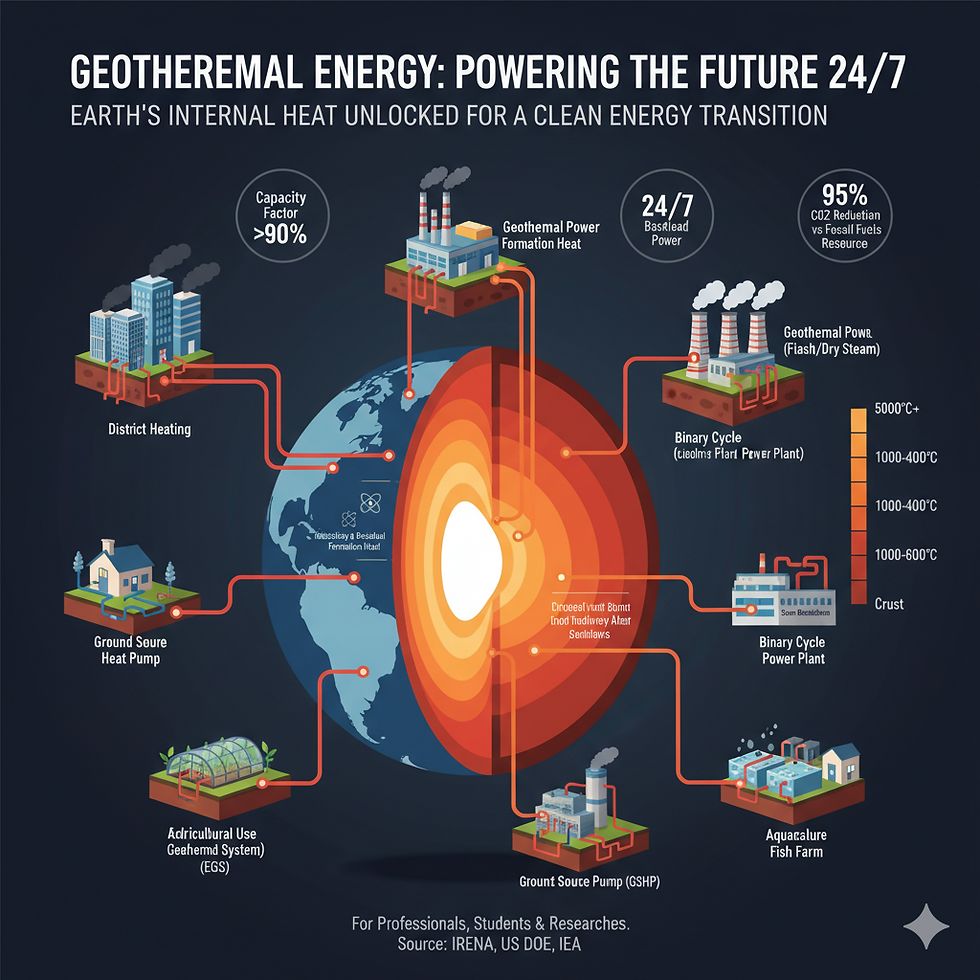Understanding Environmental Impact Analysis in Energy
- Green Fuel Journal

- Sep 23
- 4 min read
Updated: Oct 7
When you think about energy production and its effects on the planet, you might wonder how experts measure and manage those impacts. This is where sustainability impact assessment plays a crucial role. It helps you understand the environmental, social, and economic consequences of energy projects before they are implemented. By doing so, it guides decision-making towards greener, more responsible energy solutions.
In this article, you will explore the essentials of sustainability impact assessment, why it matters, and how it shapes the future of energy. Whether you are a student, professional, or researcher, this guide will provide you with clear insights and practical knowledge to navigate this important field.
The Importance of Sustainability Impact Assessment in Energy
Sustainability impact assessment is a vital tool for evaluating how energy projects affect the environment and communities. It ensures that energy development aligns with sustainable goals, minimizing harm and maximizing benefits.
Here’s why it matters:
Protecting Natural Resources: Energy projects can consume vast amounts of water, land, and raw materials. Assessments help identify ways to reduce resource depletion.
Reducing Pollution: From greenhouse gases to toxic waste, energy production can pollute air, water, and soil. Impact assessments highlight potential pollution sources and mitigation strategies.
Supporting Social Well-being: Energy projects influence local communities, affecting health, livelihoods, and cultural heritage. Assessments ensure these factors are considered and respected.
Guiding Policy and Investment: Governments and investors rely on sustainability impact assessments to make informed decisions that promote clean energy and sustainable development.
By integrating these assessments early in project planning, you can avoid costly mistakes and foster innovation in renewable energy technologies.

How Sustainability Impact Assessment Shapes Energy Projects
Sustainability impact assessment is not just a checklist; it is a dynamic process that influences every stage of an energy project. Here’s how it works:
Screening: Determines if a project requires a full assessment based on its size, location, and potential impacts.
Scoping: Identifies key environmental and social factors to study, focusing on the most significant issues.
Impact Analysis: Examines potential positive and negative effects, using scientific data and modelling tools.
Mitigation Planning: Develops strategies to avoid, reduce, or compensate for adverse impacts.
Reporting: Documents findings and recommendations in a clear, accessible format.
Monitoring and Compliance: Tracks project performance and ensures adherence to environmental standards.
This process encourages transparency and stakeholder engagement, allowing you to participate in shaping energy projects that respect ecological limits and community needs.

What is the meaning of environmental impact analysis?
Understanding the meaning of environmental impact analysis is key to grasping the broader concept of sustainability impact assessment. Environmental impact analysis refers to the systematic evaluation of how a project or activity affects the natural environment. It focuses on identifying, predicting, and assessing changes to air quality, water resources, biodiversity, and ecosystems.
In the context of energy, this analysis helps you:
Predict emissions and waste generation from power plants.
Assess habitat disruption caused by infrastructure development.
Evaluate risks to endangered species and protected areas.
Understand cumulative impacts when multiple projects coexist.
By conducting a thorough environmental impact analysis, you gain a foundation for making energy choices that balance development with conservation. For more detailed information, you can visit this environmental impact analysis resource.

Practical Examples of Sustainability Impact Assessment in Energy
To bring these concepts to life, let’s look at some real-world examples where sustainability impact assessment has made a difference:
Solar Farms: Before installing solar panels, assessments evaluate land use, soil erosion risks, and effects on local wildlife. Mitigation might include preserving natural vegetation and creating wildlife corridors.
Hydropower Projects: These require careful analysis of water flow changes, fish migration patterns, and community displacement. Sustainable designs incorporate fish ladders and community compensation plans.
Wind Energy: Assessments focus on bird and bat mortality, noise pollution, and visual impacts. Developers use radar technology and strategic turbine placement to minimize harm.
Bioenergy Plants: Evaluations consider feedstock sourcing, emissions, and impacts on food security. Sustainable sourcing policies and emission controls are implemented accordingly.
These examples show how sustainability impact assessment helps you balance energy needs with environmental stewardship.
How You Can Engage with Sustainability Impact Assessment
Whether you are studying energy, working in the field, or simply curious, there are ways you can engage with sustainability impact assessment:
Educate Yourself: Explore courses, webinars, and publications on environmental and sustainability assessments.
Participate in Public Consultations: Many projects invite community input during the assessment process. Your voice matters.
Advocate for Transparency: Support policies that require clear reporting and monitoring of energy projects.
Promote Innovation: Encourage the development of cleaner technologies and sustainable practices.
Stay Informed: Follow trusted sources like Green Fuel Journal for up-to-date information and expert insights.
By taking these steps, you contribute to a future where energy development respects both people and the planet.
Moving Forward with Confidence in Sustainable Energy
Sustainability impact assessment is more than a regulatory requirement - it is a pathway to responsible energy development. By understanding and applying these principles, you empower yourself to make informed decisions and support projects that prioritize long-term environmental health and social equity.
As the energy landscape evolves, staying informed and engaged will help you navigate challenges and seize opportunities in the transition to a cleaner, greener future. Remember, every step towards sustainability counts, and your knowledge is a powerful tool in shaping that journey.
Explore more about sustainable energy and fuels with trusted resources, and be part of the global movement towards a cleaner tomorrow.







Comments